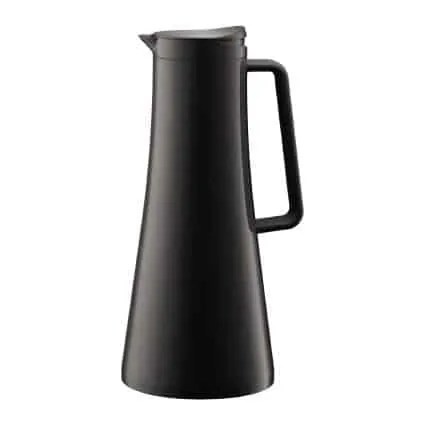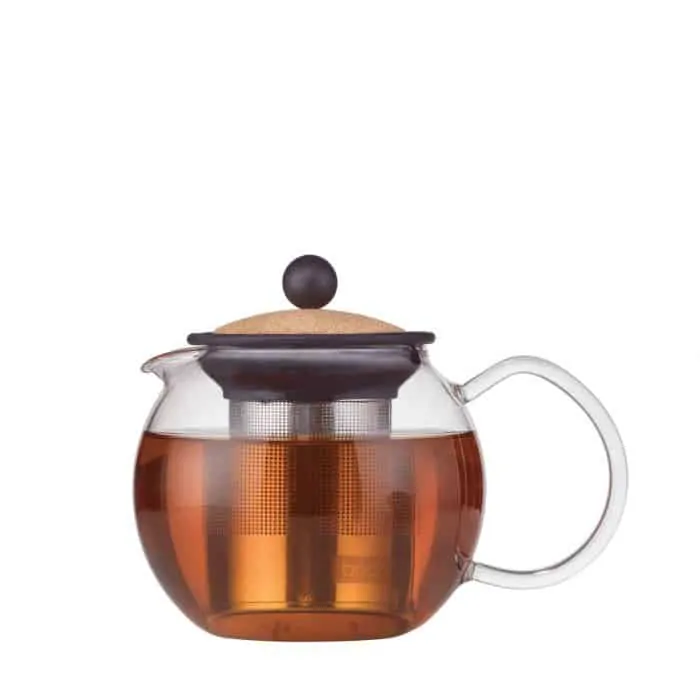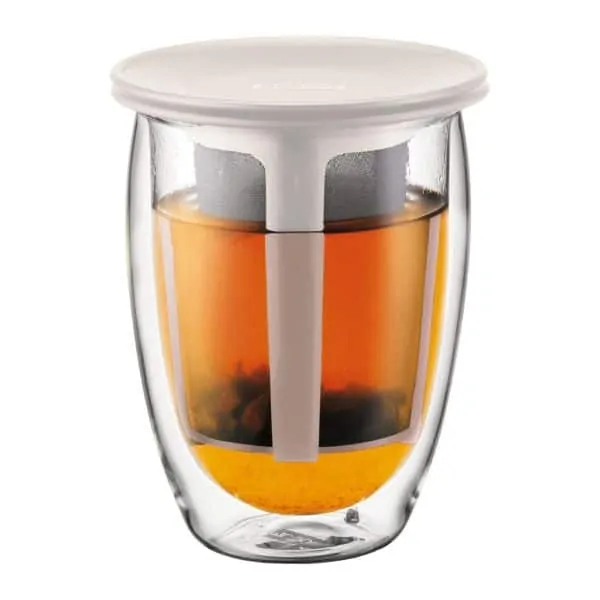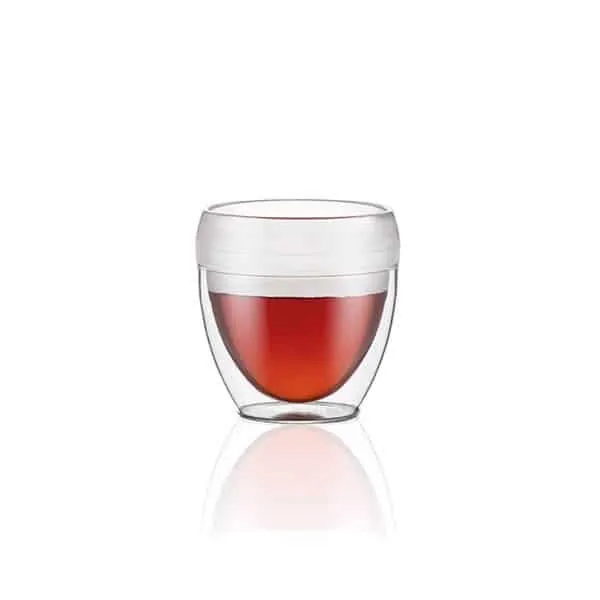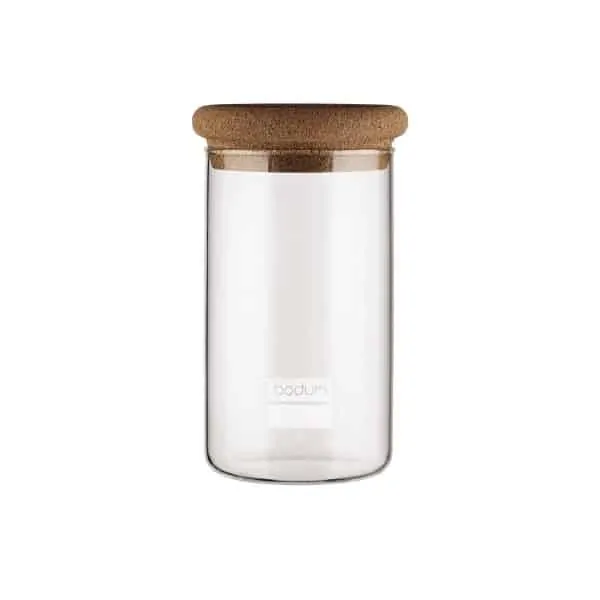A Simple Tea Guide for Anyone
Tea is not only tasty but drinking tea is one of the most soothing, relaxing and meditative activities you can engage in during the day. We’ve called upon one of the great authors in history to help us with this tea guide. Sometimes, it has already been said better than we are going to say it, so we’ll simply give him the floor. Later in this minimalist tea guide, we’ll get the nuts and bolts of how to get your home ready for tea time.
If you enjoy tea, why not make it a fixture in your self-care routine, if you haven’t already?
When to Drink Tea for Self-Care
There are at least three times a day that’s suitable for tea:
- black tea as a pick-me-up to start the morning with a boost
- green tea after lunch to digest the meal and avoid the afternoon lull
- herbal tea in the evening while reading a book as part of your sleep routine
If you are utterly obsessed with tea, it may even be worth having a dedicated tea drawer in your kitchen where you keep all of the different varietals organized and easily accessible. This tea guide includes our favorite products after the essay to help you outfit your tea time with the best minimalist tea accessories.
If you love drinking tea then you’ll love the essay “A Nice Cup of Tea” by George Orwell.
Orwell is very opinionated in his quite thorough instructional guide on how to drink tea.
Though no matter if you agree or disagree with his point of view, you’ll appreciate the passion he has for this simple pleasure.
So enjoy the read, then take inspired action and elevate your tea collection with our curated selection of tea essentials featuring Bodum.
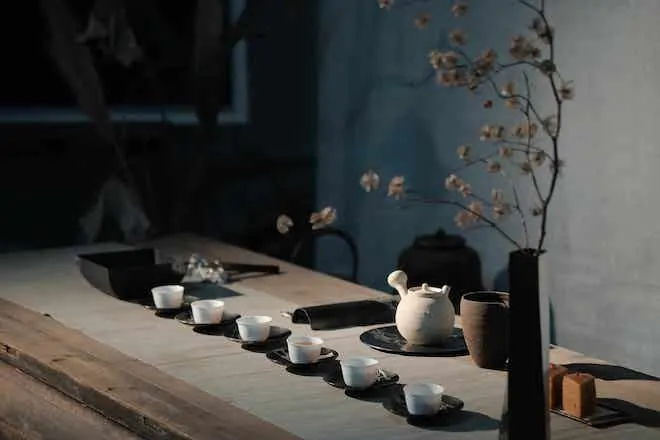
Tea Guide by George Orwell
If you look up ‘tea’ in the first cookery book that comes to hand you will probably find that it is unmentioned; or at most you will find a few lines of sketchy instructions which give no ruling on several of the most important points.
This is curious, not only because tea is one of the main stays of civilization in this country, as well as in Eire, Australia and New Zealand, but because the best manner of making it is the subject of violent disputes.
When I look through my own recipe for the perfect cup of tea, I find no fewer than eleven outstanding points.
On perhaps two of them there would be pretty general agreement, but at least four others are acutely controversial.
Here are my own eleven rules, every one of which I regard as golden:
First of all, one should use Indian or Ceylonese tea.
China tea has virtues which are not to be despised nowadays — it is economical, and one can drink it without milk — but there is not much stimulation in it.
One does not feel wiser, braver or more optimistic after drinking it. Anyone who has used that comforting phrase ‘a nice cup of tea’ invariably means Indian tea.
Secondly, tea should be made in small quantities — that is, in a teapot.
Tea out of an urn is always tasteless, while army tea, made in a cauldron, tastes of grease and whitewash.
The teapot should be made of china or earthenware.
Silver or Britanniaware teapots produce inferior tea and enamel pots are worse; though curiously enough a pewter teapot (a rarity nowadays) is not so bad.
Thirdly, the pot should be warmed beforehand. This is better done by placing it on the hob than by the usual method of swilling it out with hot water.

Fourthly, the tea should be strong. For a pot holding a quart, if you are going to fill it nearly to the brim, six heaped teaspoons would be about right.
In a time of rationing, this is not an idea that can be realized on every day of the week, but I maintain that one strong cup of tea is better than twenty weak ones.
All true tea lovers not only like their tea strong, but like it a little stronger with each year that passes — a fact which is recognized in the extra ration issued to old-age pensioners.
Fifthly, the tea should be put straight into the pot. No strainers, muslin bags or other devices to imprison the tea.
In some countries teapots are fitted with little dangling baskets under the spout to catch the stray leaves, which are supposed to be harmful.
Actually one can swallow tea-leaves in considerable quantities without ill effect, and if the tea is not loose in the pot it never infuses properly.
Sixthly, one should take the teapot to the kettle and not the other way about.
The water should be actually boiling at the moment of impact, which means that one should keep it on the flame while one pours.
Some people add that one should only use water that has been freshly brought to the boil, but I have never noticed that it makes any difference.
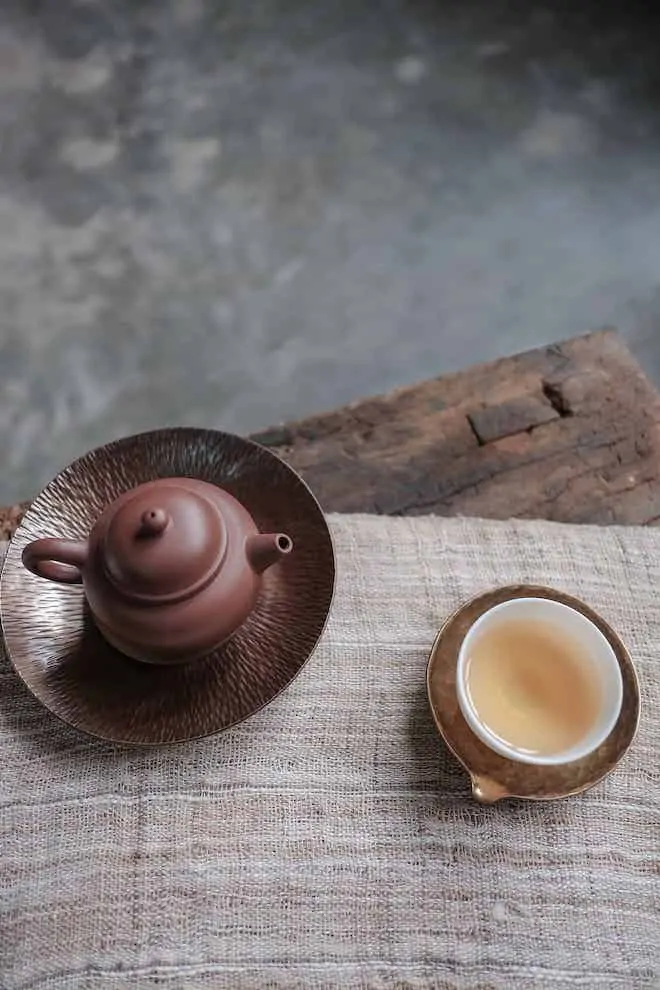
Seventhly, after making the tea, one should stir it, or better, give the pot a good shake, afterwards allowing the leaves to settle.
Eighthly, one should drink out of a good breakfast cup — that is, the cylindrical type of cup, not the flat, shallow type.
The breakfast cup holds more, and with the other kind one’s tea is always half cold before one has well started on it.
Ninthly, one should pour the cream off the milk before using it for tea. Milk that is too creamy always gives tea a sickly taste.
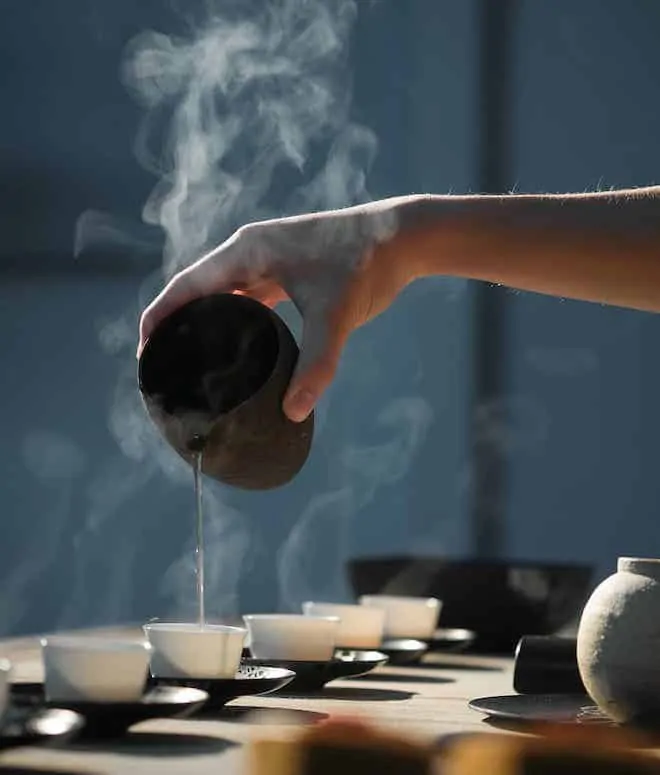
Tenthly, one should pour tea into the cup first. This is one of the most controversial points of all; indeed in every family in Britain there are probably two schools of thought on the subject.
The milk-first school can bring forward some fairly strong arguments, but I maintain that my own argument is unanswerable.
This is that, by putting the tea in first and stirring as one pours, one can exactly regulate the amount of milk whereas one is liable to put in too much milk if one does it the other way round.
Lastly, tea — unless one is drinking it in the Russian style — should be drunk without sugar.
I know very well that I am in a minority here. But still, how can you call yourself a true tea lover if you destroy the flavour of your tea by putting sugar in it?
It would be equally reasonable to put in pepper or salt. Tea is meant to be bitter, just as beer is meant to be bitter.
If you sweeten it, you are no longer tasting the tea, you are merely tasting the sugar; you could make a very similar drink by dissolving sugar in plain hot water.
Some people would answer that they don’t like tea in itself, that they only drink it in order to be warmed and stimulated, and they need sugar to take the taste away.
To those misguided people I would say: Try drinking tea without sugar for, say, a fortnight and it is very unlikely that you will ever want to ruin your tea by sweetening it again.
These are not the only controversial points to arise in connexion with tea drinking, but they are sufficient to show how subtilized the whole business has become.
There is also the mysterious social etiquette surrounding the teapot (why is it considered vulgar to drink out of your saucer, for instance?) and much might be written about the subsidiary uses of tealeaves, such as telling fortunes, predicting the arrival of visitors, feeding rabbits, healing burns and sweeping the carpet.
It is worth paying attention to such details as warming the pot and using water that is really boiling, so as to make quite sure of wringing out of one’s ration the twenty good, strong cups of that two ounces, properly handled, ought to represent.
Minimalist Tea Accessories
One of the beautiful things about drinking tea is that you need very few accessories to make a great cup of tea. We prefer minimalist tea accessories for not only their ease of use and function, but also the beautiful design that can add to your home. One of our favorite brands for tea accessories is Bodum.
Bodum is a minimalist tableware and kitchenware company founded in Copenhagen. The family-owned company has created many legendary products particularly in the tea and coffee category. As you saw above in the tea guide, tea drinking is a ritual that goes far beyond simply drinking a beverage. By choosing aesthetically pleasing tea accessories, you can bring joy to your house beyond simply preparing a tea break.
We’ve curated a selection of our favorite products from the Bodum collection as well as a few other helpful items to help inspire your next tea time.
Energy conservation is hardly a new idea at this point but rarely has it looked as fabulous as it does here. The Bistro Thermo Jug utilizes a vacuum to keep hot and cold fluids at their desired temperatures a lot longer.
An easy press on the lid opens the jug and lets the fluids flow. The lid closes automatically after each use so that the desired temperature is maintained a lot longer. Whether it’s used for ice tea in the yard, or simply for keeping hot herbal tea on the kitchen table – the Bistro Thermo Jug serves all purposes and looks elegant doing so.
Tea drinkers will appreciate this kettle with temperature controller and keep warm function, because different types of tea often need different amounts of hot water. For instance, green tea is not prepared with boiling water but, depending on the variety, with water at between 60 and 90 degrees Celsius. The temperature selection can be changed to a higher temperature at any time during the heating process by simply setting the temperature knob to the desired number of degrees.
This classic tea press utilizes a brewing system that allows for full control of the tea steeping process.
The silicone plunger locks tea leaves into the bottom of the filter once brewing is complete, cutting off access of water to the tea leaves. Allows tea to be recycled for multiple uses.
Perfect for use with any loose leaf tea or tea bags. Silicone rim secures filter firmly into the teapot for precision pouring, and stays cool to the touch for safe removal.
This tea pot combines design, quality and functionality. The shapely pot is made of heat-resistant glass.
High quality tea leaves can also be used more than once. Simply put the filter back in the pot and pour fresh, hot water over it.
Made of taste-neutral and heat-resistant borosilicate glass. The large BPA-free plastic filter gives the tea leaves extra space to develop the aroma even better. The brewing process can be stopped by removing the integrated filter from the pot.
This single tea strainer for one allows free swirling tea leaves to release their optimum flavor for a delicious single-serving cup of tea.
Lid keeps tea warm while brewing and doubles as a trivet to prevent dripping.
Works with any type of loose leaf tea and compatible with a variety of cup sizes.
No tea guide would be complete without the best glass for drinking tea. This double wall glass keeps hot drinks hot without burning fingers and cold drinks cold without messy condensation, making them the ideal vessels for every beverage, including tea.
Created by expert artisans, it feature two walls of borosilicate glass, creating a highly effective layer of insulation plus a silicone valve at the base.
Bodum Coffee and Tea Storage Jar
Storing tea should be done carefully and in jars made of natural material.
BODUM makes a storage jar of borosilicate glass with a wood or cork lid.
This traditional borosilicate glass contains no lead and has a brilliance like no other industrial manufactured glass.
The ultimate storage jar, absorbs no aromas, and once cleaned in the dishwasher all scents of an earlier stored tea, coffee, or herb will disappear.
Part of this tea guide was adapted from George Orwell’s “A Nice Cup of Tea” which was published in the Evening Standard in 1946 and this excerpt was taken from The Collected Essays, Journalism and Letters of George Orwell, a public domain work.
Affiliate Disclosure: As an Amazon Associate, Minimalism Co earns from qualifying purchases.
